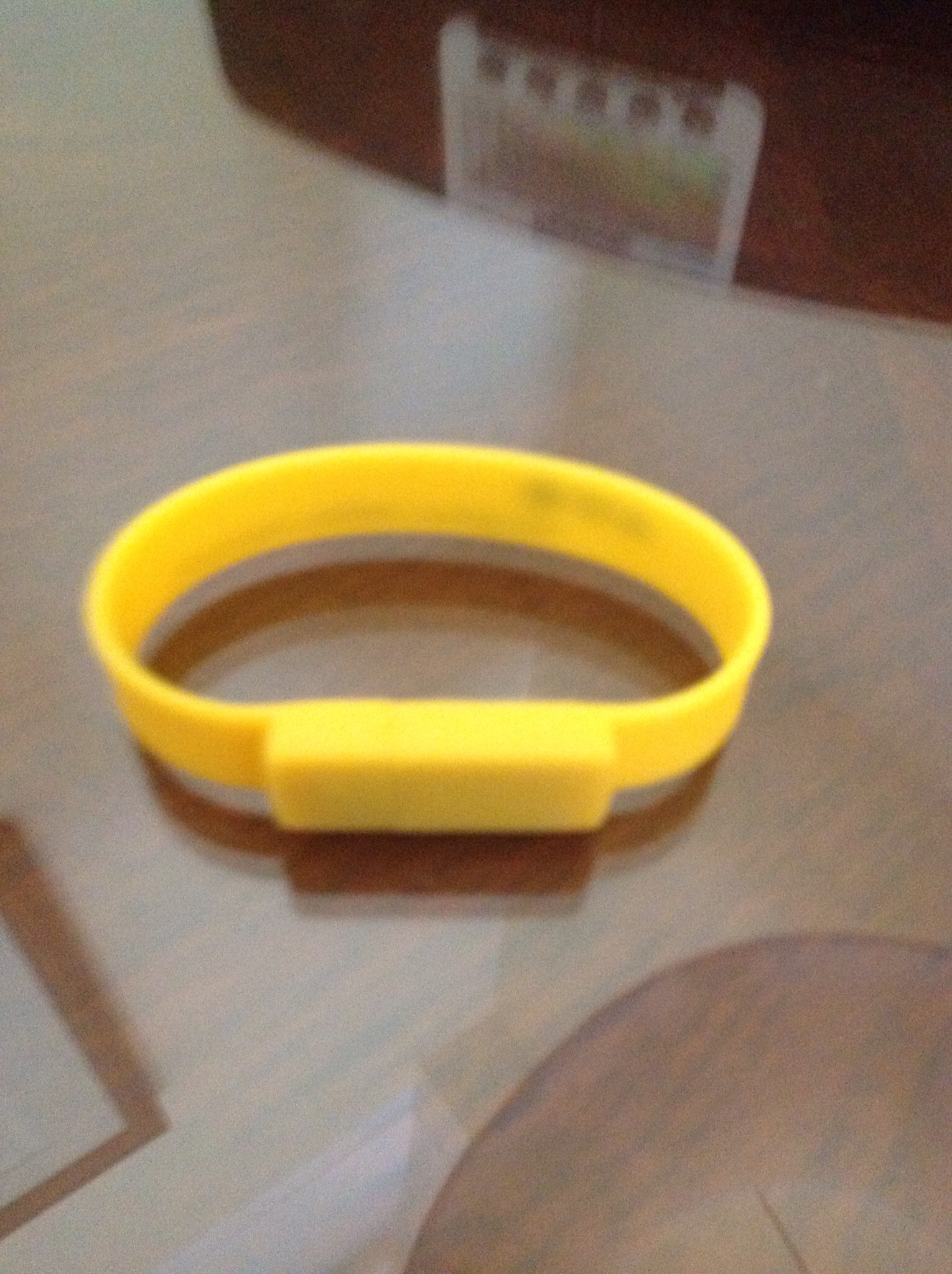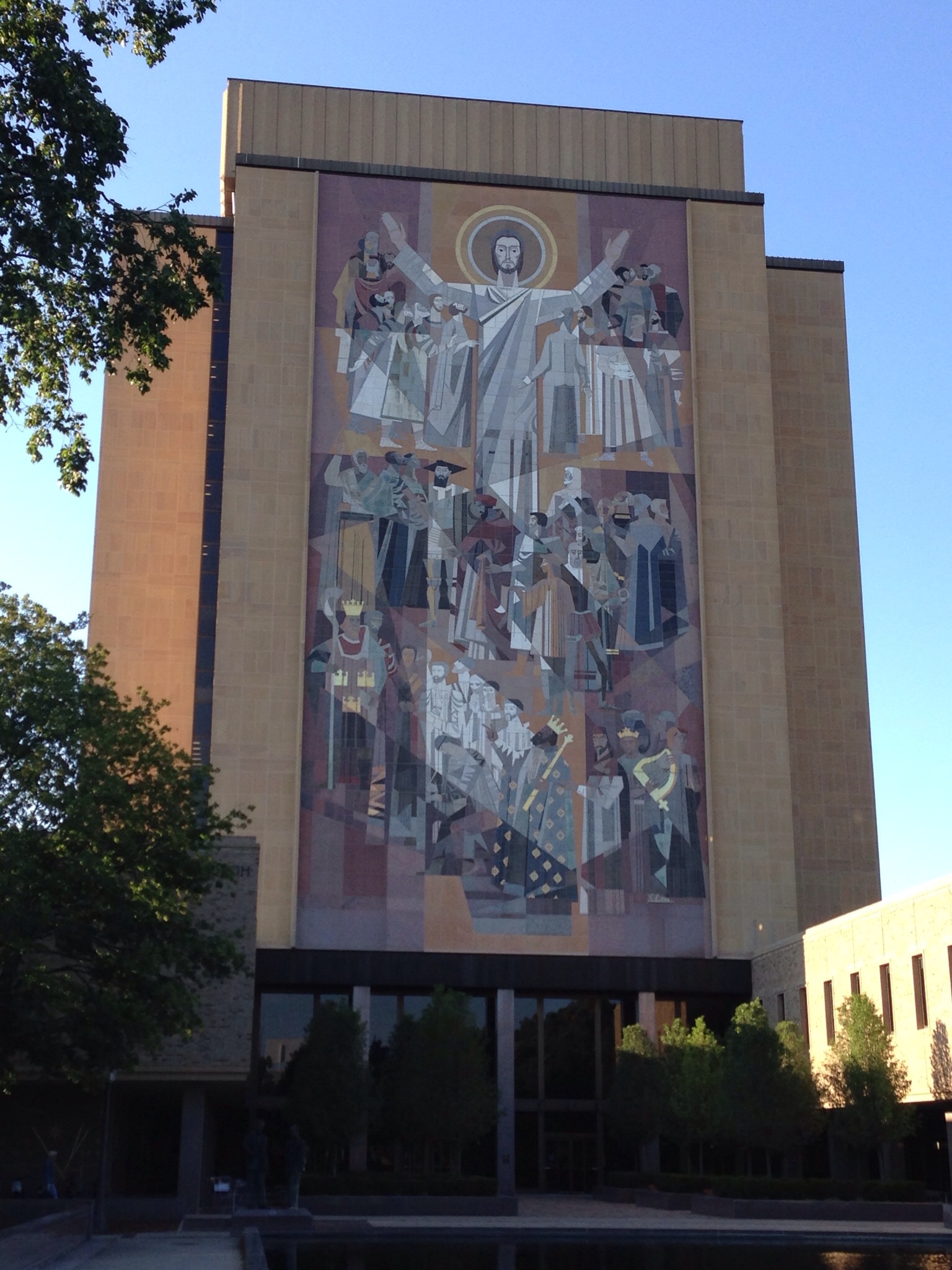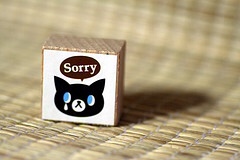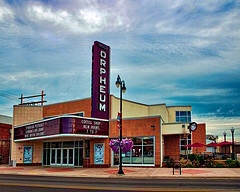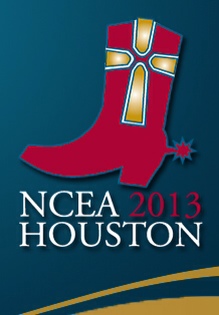There are terms used in Ed-tech articles and presentations that set my teeth on edge. For a while I’ve reacted to any non-ironic use of the terms Digital Natives and Digital Citizens. These well-intentioned terms, introduced in a 2001 Marc Prensky article, provided a useful beginning to conversations about different starting places. However, in recent years they have been reduced to magic formulas “These kids know this stuff instinctively, they’re digital citizens,” and excuses, “I can’t do this…I’m a digital immigrant.”
My latest pet peeve is a term that is so ubiquitous that one runs eyes over without seeing it…until, like a virus, one is irritated by every place it occurs. Like the digital twins, this was a well-intentioned and effectively descriptive term that the passing time and events have made progressively less and less useful and more irritating, like an adult using groovy to show that he is down with the kids today.
What is this bugaboo (no, it’s not bugaboo)? Let’s say it together in chorus, 21st Century______ (fill in the blank, skills, learners, classroom, etc.).
As with the other term, Twenty-first Century had a valuable beginning. It was first used as a rallying cry among educators in the 1990s, suggesting that the skills of the new century were going to be very different from those of the past. It said there was a need to update our classrooms, our methodologies, and ourselves to meet the needs of the students we would soon be teaching. However, like digital natives and digital immigrants, the term was co-opted by the education establishment and over-used to the point of triviality. As I look at school mission and philosophy statements, TFC is almost a qualifier, a code word that has to be there to validate the school’s existence. The term is no longer startling. It has become fuzzy and meaningless.
A drinking game for Twenty-first Century at a tech conference would result in an audience suffering from inebriation, and lacking enlightenment.
There are three specific areas where Twenty-first Century no longer hits the mark, and may actually mislead. The first is the practical consideration of time. We are at this writing THIRTEEN YEARS into the 21st Century. It is no longer new or novel, and every year it becomes less so. Will we be talking about TFC skills in 2020? in 2050? in 2090? I know this sounds silly, but this term is still being used in documents of some permanence, and unless it is changed, it will date everything that surrounds it. It is acceptable in January to accidentally write 2012 on one’s checks (assuming anyone writes checks), but in November it just looks strange.
The second consideration is about purpose. In an educational world that supposedly is focused on students, we are using a term that would never be used and has no meaning to students. Twenty-first Century is a reminder to teachers and administrators, because students need no such reminders. Unlike many of us, they are living in the 21st Century. In fact, here’s a surprise, a good number of them were born in the 21st Century. To a student, this must sound as absurd as if we had seriously advocated the need for air-breathing skills.
Finally, the term is lazy because it feels good while not specifically meaning anything. I know we all feel that we know what we mean when we say it, but there is no specific agreed definition. Plenty of skills of the 21st Century are already obsolete. Shall we teach students how to use MySpace? AOL? flip phones? All of these are 21st Century skills that are as useless today as buggy-whip manufacturing.
So what to do? I know that one of the challenges is that there is no simple term to take its place. In discussing this I suggested progressive skills, but a good friend wisely pointed out that this might have a political connotation, and a backlash over a misunderstood term is the last thing we want. I have always liked the term authentic skills. I know that this also needs continued definition, but it is a reasonable, future-proof goal. Maybe we simply use the word skills, which is current for any time.
I hope that schools and educational organizations will start weeding Twenty-first Century in all of its permutations from all policies, statements, and documents that are not simply historical. Now is our chance to do this before it becomes embarrassing, demonstrating to all an essential backward orientation. 21st Century anything only makes sense in terms of the 20th Century…and that is long gone.
As always, I invite your comments.
Image: ‘balustrade’ http://www.flickr.com/photos/66656285@N00/263292870 Found on flickrcc.net
